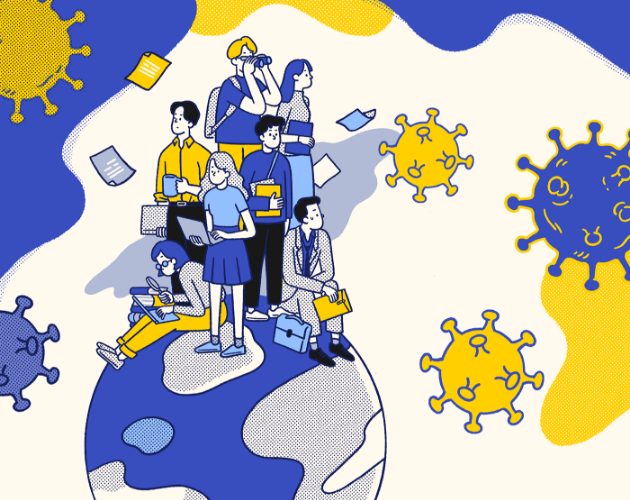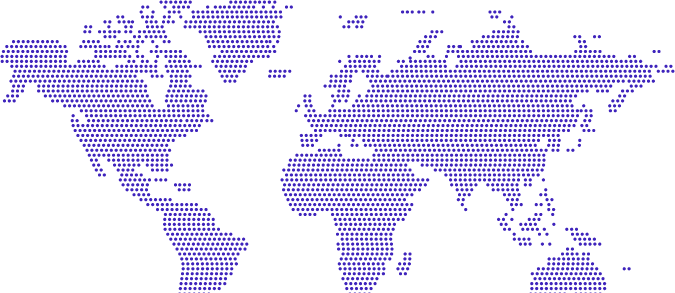The web, which is a whole of all internet sites that can be accessed online on the internet; It is a general concept used to describe the billions of digital pages accessible on the internet. The World Wide Web (www.) Has evolved from 1989 to the present day, offering different opportunities to internet users in every generation and finally reached its present form.
-
What is Web 1.0?
Web 1.0, which can be defined as the infancy stage of the web adventure; It was a communication system that allowed people with internet connection to only get information. In this system, the internet has not yet evolved and the transactions that can be done through the internet were restricted due to the simplicity of the web infrastructure. This system, which does not allow interaction of individuals, consisted of only static websites and therefore was used for the sole purpose of transferring information.
Web 1.0 was static; In the first state of the web, although internet users could get the information they needed from websites, there was no reason why they needed to visit the same website afterwards. Because the information was the same and visitors to the website had no say on this site. Web 1.0, which consisted of HTML-based sites and was created to provide information to visitors, was far from dynamism. Firms were developing software applications that were downloadable by users, but they did not have the ability to control how the applications worked. This situation was starting to change gradually with the advent of Web 2.0, although this change was not radical yet, the foundations of the new web were being laid.
-
What is Web 2.0?
With the year 2004, the web started to improve the opportunities it offers to its visitors. Internet users who were now only obliged to read articles on the web were replaced by those who could share information. This digital network has begun to expand with participants who read, share their knowledge and increase interaction across the web. With Web 2.0 sites, users became the priority. In this system where the participation of its users was targeted, techniques such as blog, MashUp, content management system, RIA, CSS, XHTML, meaningful URL, tagging were used. New applications such as Wikipedia, Youtube, MySpace, Flickr emerged and the spread of personal computers was inevitable with this changing understanding. Web 2.0 was a very valid concept at that time, internet users were gradually included in the system, the sharing culture started to develop and the driving force for Web 3.0 was reached.
-
What is Web 3.0?
While internet users have no say in Web 1.0, people now have a say in web 2.0 a platform has been created. However, this time, the web has turned into a medium that is directly under the control of the people and has become unable to fully meet the expectations. On top of that, the web continued its evolution with the power of artificial intelligence. Web 3.0 enabled the Web to be shaped according to the personal tendencies of internet users. Web 3.0 is defined as the semantic web and it transfers information to internet users using artificial intelligence. XML, RDF, OWL and OML languages find a lot in Web 3.0. The biggest difference of Web 3.0 from other generations can be explained by analyzing the requests of internet users and providing the best solution for them. Thanks to Web 3.0, the concept of "relevance" has emerged in the internet and the internet has been personalized for internet users.
-
What is Web 4.0?
The last point of technology is Web 4.0. Web 4.0 is generally characterized as a web operating system, all information on the web flows to different points through the web network. The goal of this generation is to create an interaction between humans and machines. The Web 4.0 world will always be open and there will be no need for tools for internet use. This web system, which inspires science fiction scenarios, is fast, has a very high accuracy and prioritizes user experience at the highest point.



